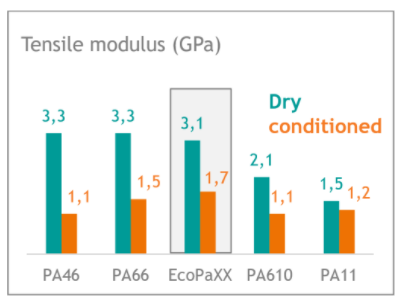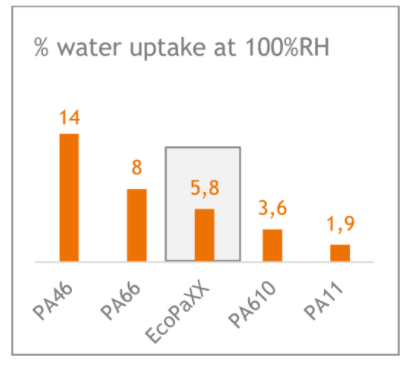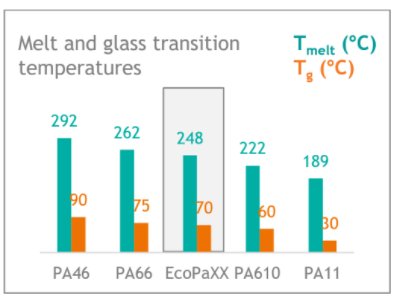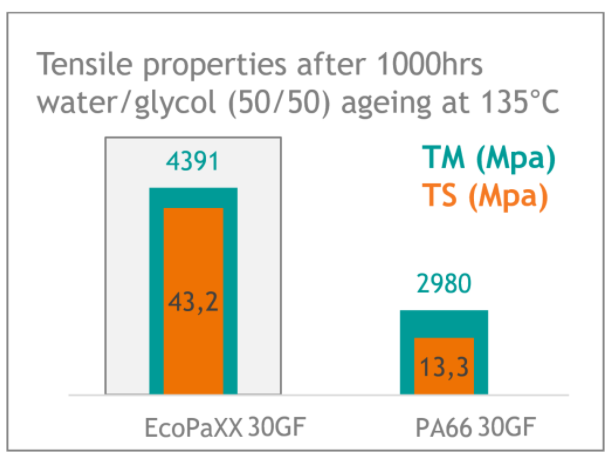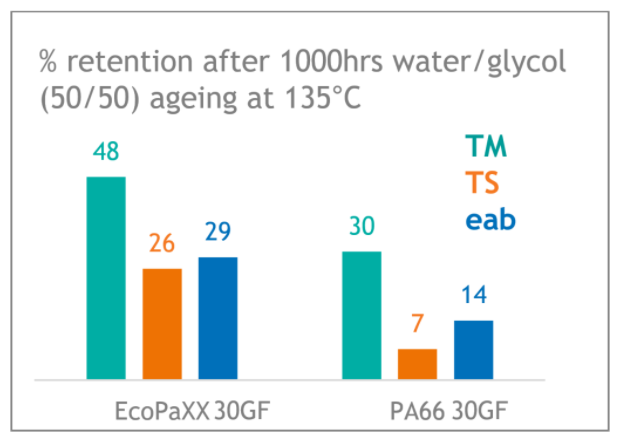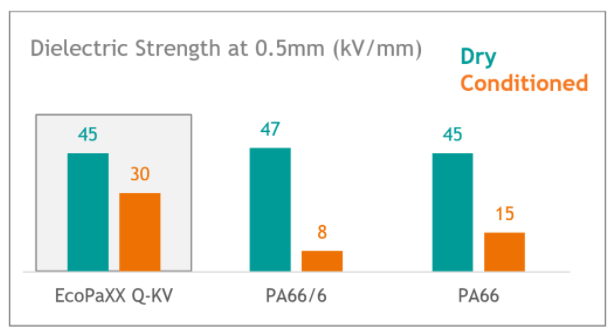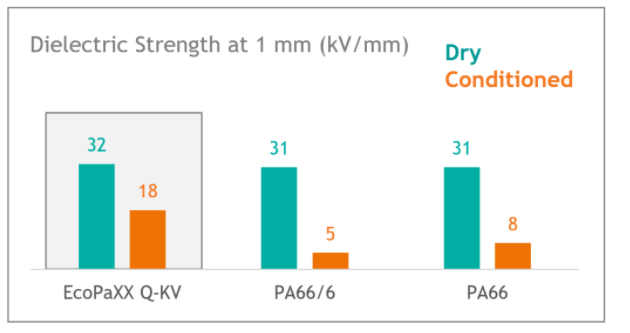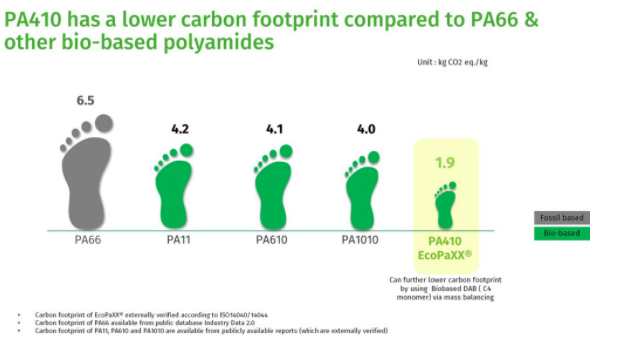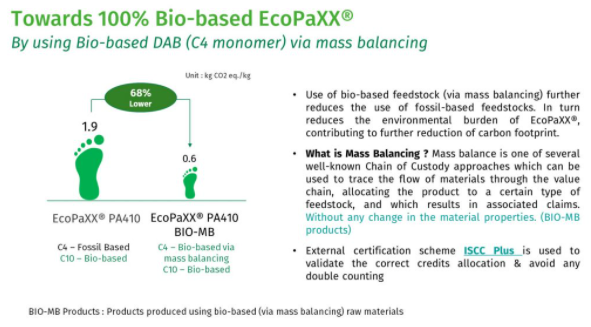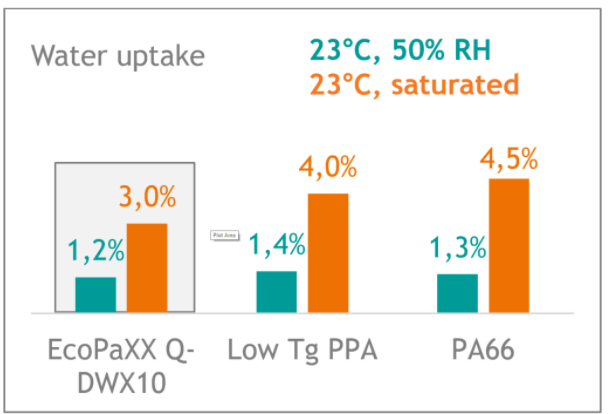Knowde Brand Summary
Identification
- Additives Included
- Chemical Family
- Fillers Included
- Polymer Name
- Reinforcement Form
- Reinforcement Material
- Technologies
- Composite Materials Functions
- Plastics & Elastomers Functions
Features & Benefits
Applications & Uses
- Markets
- Applications
- Plastics & Elastomers End Uses
- Composites Processing Methods
- Plastics & Elastomers Processing Methods


























